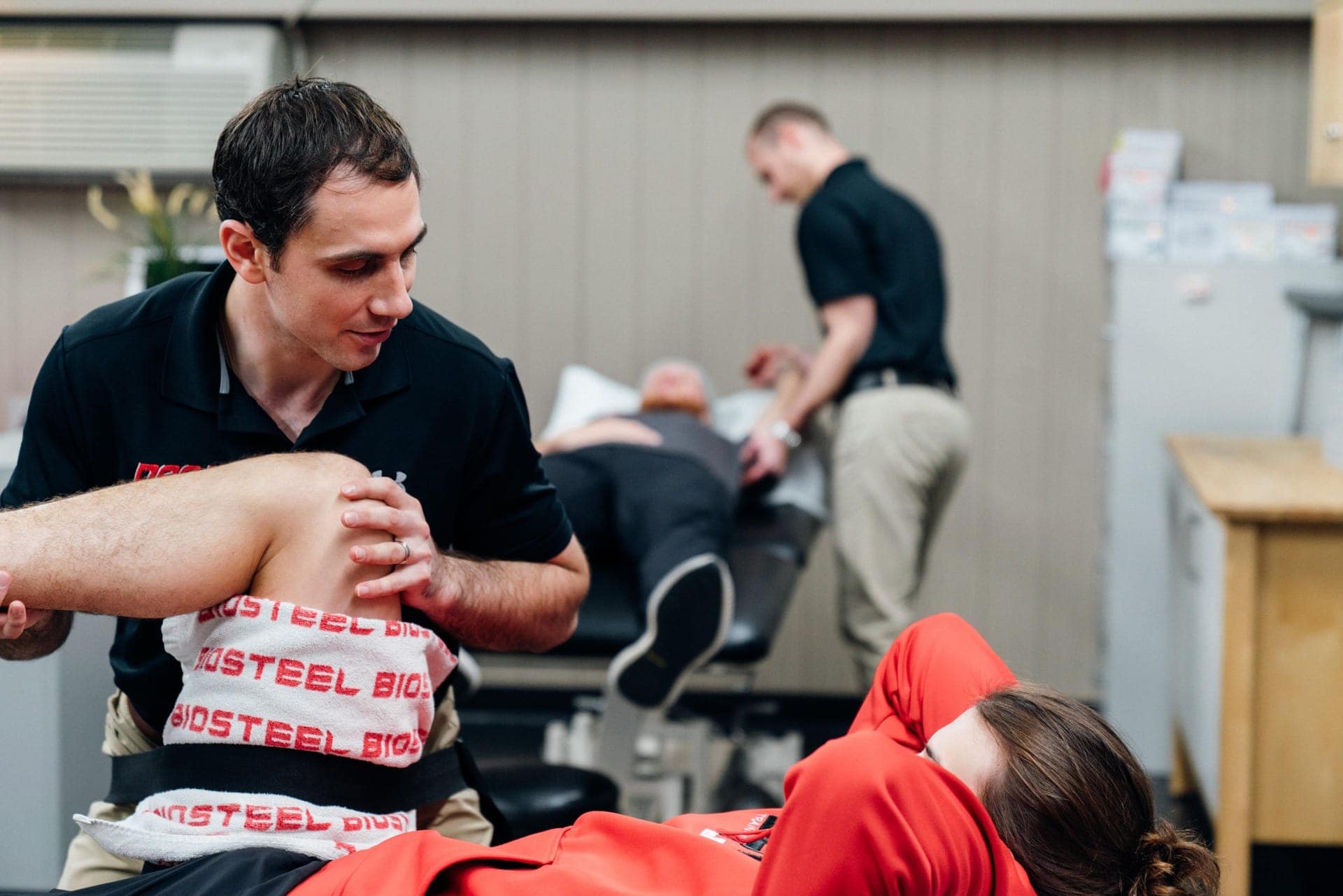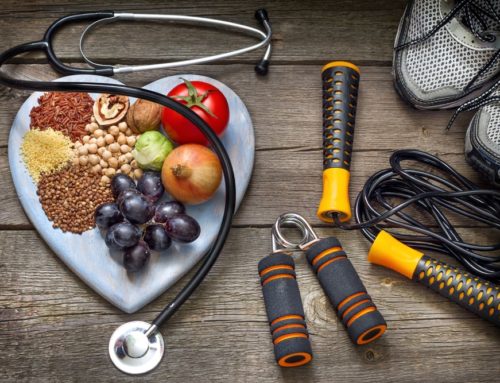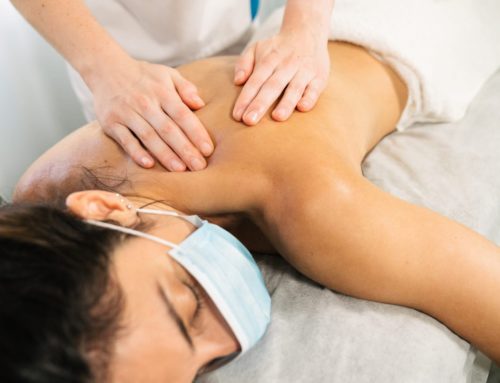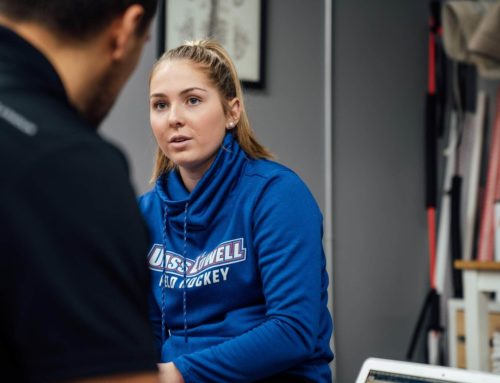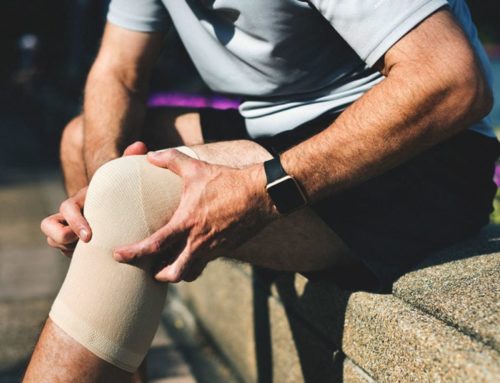We are all absolutely pumped that sports are back up and running and we have prospects of a somewhat normal season on the horizon. After a year and a half of sporadic training, lots of zoom workouts and practices, and little to no games or meets, everyone is ready to hit the ground running now that sports and gyms are open once again. However, you may have noticed you feel a little different than when you usually start up a season. You’re definitely not alone. Here are a few tips on returning to competitive sports training and season to minimize injury and maximize performance!
Manage Expectations
First and foremost, manage expectations. Be kind to your body and your mind as you reintegrate into the normal season. You have not had the same access to equipment, coaching, or training load you typically would to prepare yourself for your competitive season. Things are more than likely going to feel different and that’s okay. Know that your body may not be ready for a full game at the same intensity, or pull off the same skills you used to do pre-pandemic. This is totally normal. If you go in with these modified expectations, you will save a lot of time being upset, and spend more time focusing on working back and beyond your previous level. Think back to when you first started training for your sport. You had to slowly build up to where you are now. While you’re not starting back from zero, you are not quite at your peak form.
Gradual Return
Allow for a gradual return. Be sure to gradually increase workload in both your training and games wherever possible. This means training duration, intensity, and type. While this may look different depending on the sport as well as the athlete, you can measure it extrinsically (i.e., KM, time, weight), or intrinsically (how much effort you feel you’re exerting), but your coach will help guide you in this. Yes, it is very exciting that you can finally be doing your sport again, but don’t forget to continue to give your body variety. Keep up your mobility work, conditioning, strength training, and REST.
Know Your Weakness
Know your “weakness”. If you already know your problem areas, you can give them some extra TLC this pre-season so that they can become your strongest points. For example: if you have an ankle that you always seem to roll, work on those physio exercises you had originally gotten. Typically with under-training/de-conditioning/fatigue injuries, it’s the weakest link that goes first. If you know how to address your weak links there’s nothing to break!
Listen To Your Body
Lastly, Listen to your body. When things don’t feel right – seek the support you need for an epic comeback season!
Written by: Sam Poulin, Physiotherapist

